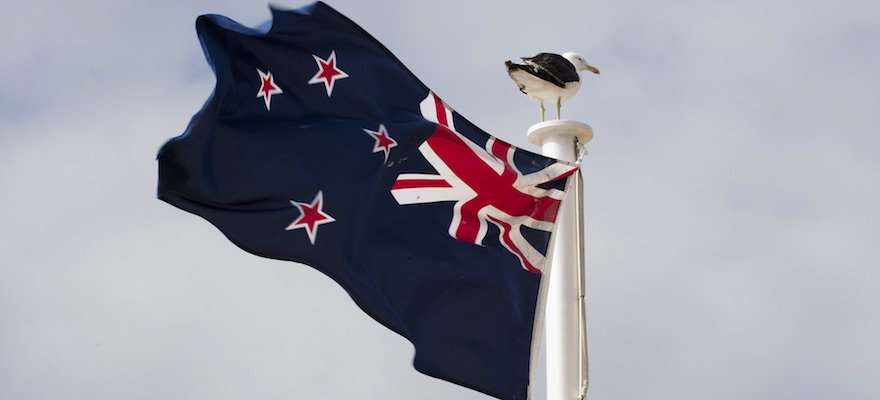This guest article was written by Ashwin Peswani who is the Regional Director of .
Reserve Bank of New Zealand
The ongoing global monetary policy accommodation may widen on Thursday when the Reserve Bank of New Zealand (RBNZ) is almost certain to follow its Australian and UK counterparts, the RBA and BoE respectively.
The New-Zealand central bank is expected to decide for a 25 bps cut to its official cash rate, dragging it to the record low of 2.00%. However, the kiwi, as the New Zealand dollar (NZD) is nicknamed, seems have already priced in the rate cut as the currency has been trading at higher levels since late-July.
It all started in mid-July when the RBNZ said that it was publishing an unscheduled economic assessment. The report, which was released later on, showed that the export-oriented economy is struggling to fuel the inflation and the present housing bubble, and this, coupled with a strong NZD, requires tough measures to safeguard the economy.
Moving on, the central bank also announced steps to control its housing market by broadening current Auckland LVR limits in mid-July, which will take effect from September 01, in addition to favoring monetary easing in the upcoming meeting.
On the data front, the economics are flashing mixed signals as consumer spending and job details are weaker but the confidence indices aren’t bending and keep favoring a strong NZD.
Looking towards Thursday’s outcome, the bank is also scheduled to publish quarterly release of its Monetary Policy Statement which will be followed by the Governor’s press conference. In addition to the rate cut, the central bank might also cut its quarterly projection of inflation target to 1.75% from 2.0% current forecast and could signal another rate-cut for the month of November.
Comparing the outcome to NZD moves, it seems that the currency is less likely to reflect the 0.25% rate cut with much of a downside because the residual rate, at 2.0%, still becomes the highest in the G10 countries. Hence, in order to see the NZD testing grounds, the RBNZ must hint at a November rate-hike of another 0.25%, or a 0.5% rate-cut surprise this time, coupled with a dovish rate-statement. Otherwise the on-going rally of the kiwi is less likely to be hindered.
Further, if the central bank chooses to announce any strong specific measures than already announced to rein in the housing market, together with rate-cut, the NZD might activate a bit strong downside than forecasted.
Additional Economics
Other than the almost certain RBNZ move, market players are also likely to concentrate on Friday’s Chinese industrial production and US consumer-centric details, namely retail sales and Prelim UoM Consumer Sentiment, together with the GDP prints from EU and Germany.
While Chinese industrial production and EU GDP aren’t expected to move from their prior releases of 6.2% and 0.3% respectively, the German GDP is likely to register a slow growth figure of 0.3% versus 0.7% for the Q2 2016.
Further, the US retail sales growth also bears a pessimistic forecast and can show a 0.4% mark rather than the 0.6% released in July. Core retail sales could also obey the headline figures and flash 0.2% mark than the 0.7% prior. Moreover, the preliminary reading of US UoM Consumer Sentiment bears the optimistic consensus to end its two-month decline with 91.5 figure against the 90.00 previous reading.
Hence, mixed consumer-centric economics in the US may not withstand the RBNZ’s disappointment, and could open doors for the NZDUSD’s upward trajectory. However, bearish numbers from ex-US calendars and aggressive actions from the New Zealand central bank could drag the kiwi pair south.
NZD/USD
As the major presently trades around the important short-term TL level of 0.7230, a break in this, backed by RBNZ disappointment, could easily fuel the NZD/USD towards surpassing the July highs of 0.7325 and may go ahead, knocking 0.7420 resistances. Should the pair successfully trade beyond 0.7420, together with the Fed’s continued hesitation for its much awaited rate hike, the chances of its rally towards the May 2015 highs of 0.7580 and the 0.7750 upside numbers can’t be denied.
Meanwhile, the 50-day SMA level of 0.7100 and the 23.6% Fibonacci retracement of its January – July upside, at 0.7090, could continue providing immediate support to the pair, breaking an intermediate TL support of 0.7030. A 38.2% Fibo level of 0.6950 could entertain the bears before they drag the pair to a decisive seven-month old ascending trend-line level of 0.6860.





Be First to Comment